Every October, the city of Jinju in South Korea bursts into color during the Jinju Lantern Festival. This festival, celebrated along the Nam River, commemorates the bravery of 70,000 soldiers from the Battle of Jinju with stunning lantern displays, cultural performances, and traditional Korean snacks.
Tourists flock to Jinju to witness the breathtaking sight of lanterns illuminating the city's historic bridges and waterways during the festival, which offers a deep dive into Korean history and culture. Engaging activities, such as hanging a "Hope Lantern," invite participants to become part of this visually captivating tradition.
Imagine yourself surrounded by glowing lanterns and the hum of excitement from the crowd at the Jinju Lantern Festival, where the combination of beauty and a sense of community offers an unforgettable experience.
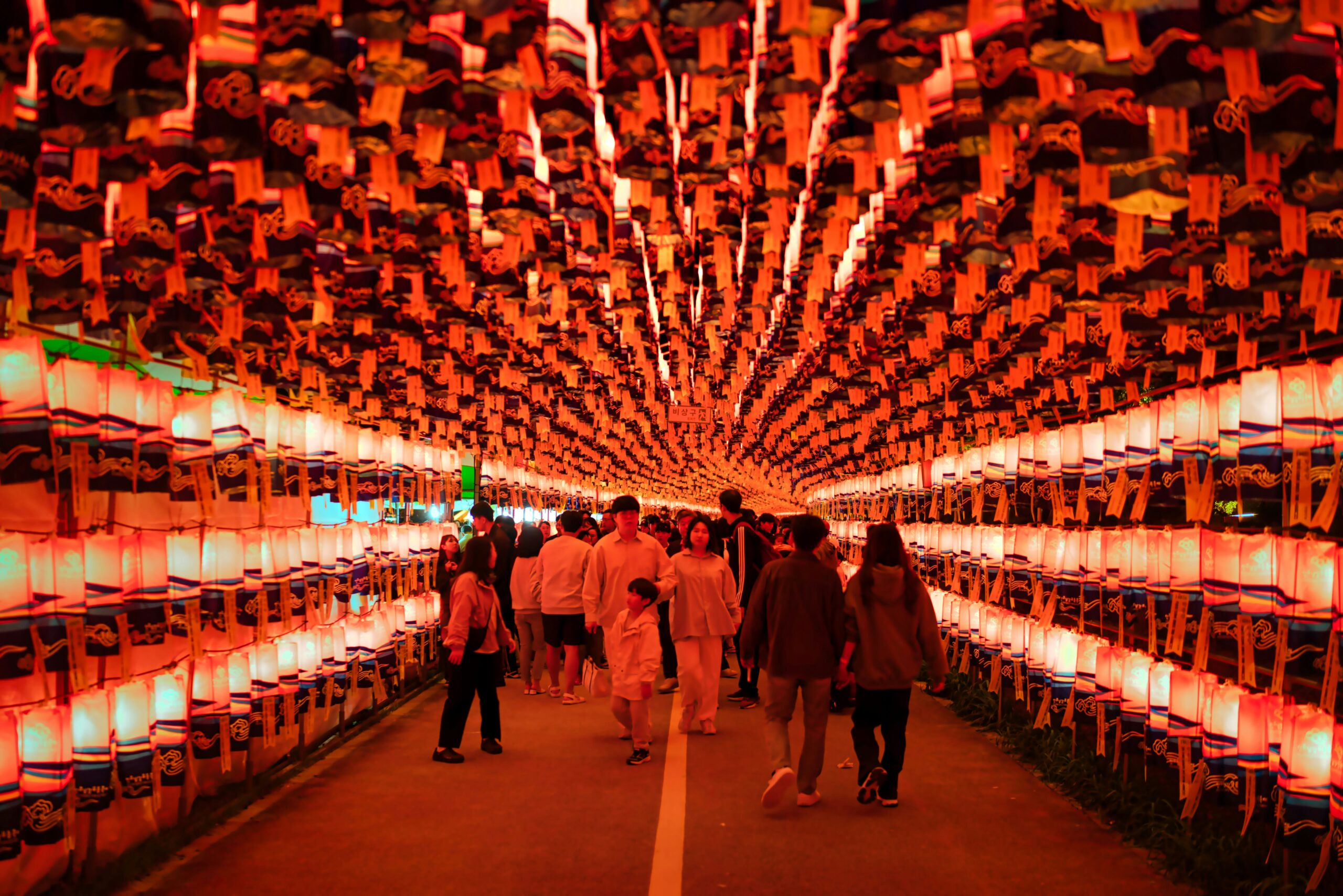
📜 History of the Jinju Lantern Festival
Origin and Significance
The Jinju Lantern Festival, originating as a local event in Jinju, South Korea, was initially created to honor soldiers who sacrificed their lives during the Imjin War. Its roots trace back to traditional practices of floating lanterns down the Nam River to prevent enemy crossings and relay messages.
This solemn tradition has evolved into a large cultural celebration, with the festival now featuring various activities such as lantern workshops and exhibitions that draw visitors from all over. It's more than just a reminder of the past; it's a vibrant display of Korean culture and history.
The Imjin War and the Jinjuseong Fortress
The festival's connection to the Imjin War is pivotal. During the Japanese Invasion in 1592, the Battle of Jinju occurred at the Jinjuseong Fortress. General Kim Si-Min led a valiant defense against a much larger Japanese force, using brilliant military strategies to protect the city.
During the first battle, about 3,800 Korean soldiers fought off a 20,000-strong Japanese army. The bravery of those who fought at Jinjuseong Fortress is fondly remembered during the Lantern Festival, where floating lanterns honor the souls of those lost in combat.
Evolution of the Festival
Over the years, the Jinju Lantern Festival has grown from a small, local event to a major attraction that draws hundreds of thousands of visitors each October. Modern festival activities include spectacular lantern displays, fireworks, and Korean cultural performances.
Although it started as a memorial, the festival has become a major cultural event where visitors can enjoy various festivities while learning about Korean history and traditions. The Jinju Namgang Yudeung Festival remains a unique blend of historical tribute and cultural celebration.
🏮 Festival Highlights
Lantern Displays and Themes
The festival features an array of stunning lantern displays, each intricately designed to showcase various themes. Lanterns come in numerous forms, depicting mythical creatures like dragons, famous Korean historical figures, and scenes from nature.
One of the highlights is the floating lantern parade on the Nam River, where thousands of lanterns are set afloat, creating a mesmerizing display against the night sky.
In addition to the river, lanterns are displayed along the streets and near Jinju Castle, with each display carrying symbolic meanings inspired by Korean culture and legends. Festivalgoers can stroll through these enchanting displays, enjoying the artistic craftsmanship and cultural significance behind each lantern.
Fireworks Display
The Jinju Lantern Festival wouldn't be complete without its grand fireworks display. The sky lights up with a dazzling array of colors, reflecting off the Nam River and enhancing the beauty of the floating lanterns below.
The fireworks display is typically scheduled to coincide with the peak nights of the festival, drawing crowds eager to witness the spectacle. The best spots to watch the fireworks are along the riverbanks and near Jinju Castle.
The combination of the illuminated night sky and the shimmering reflection on the water creates an unforgettable scene. Each burst of fireworks adds to the festival's lively and festive atmosphere, making it a must-see event.
Performances and Exhibitions
Performances and exhibitions are key attractions at the Jinju Lantern Festival, where traditional Korean performances, including folk music and dance, entertain visitors throughout the event. These performances offer a glimpse into Korea's cultural heritage, featuring artists dressed in vibrant hanboks and playing traditional instruments.
Exhibitions at the festival often include historical displays that tell the story of the Battle of Jinju, paying tribute to the soldiers' bravery. Visitors might also find art exhibits showcasing local artists' works, adding to the festival's cultural richness.
Whether it's through music, dance, or visual art, the festival celebrates Korea's history and traditions in a lively and engaging way.
🎭 Cultural Activities
Lantern Making Workshops
At the lantern-making workshops, participants get hands-on experience creating intricate lanterns. These workshops teach the traditional arts of lantern crafting, using colorful paper and bamboo frames.
Families and individuals alike can join in and create their unique lantern designs at the festival, an activity that fosters creativity and connects participants with the festival's heritage. Experts are on hand to guide each step, ensuring everyone leaves with a beautiful, handmade lantern.
Traditional Games and Crafts
The festival also showcases traditional Korean games and crafts that date back centuries. Attendees can try their hand at yutnori, a popular board game, or tuho, a game of throwing sticks into a narrow-necked jar.
Craft stations are set up where artisans demonstrate skills like bojagi (wrapping cloth) and hanji (Korean paper) crafts. These games and crafts provide fun, interactive ways to learn about and appreciate Korean history and traditions.
Korean Drama Festival
The Korean Drama Festival is another highlight, attracting K-drama fans with live performances, reenactments of famous scenes, and opportunities to meet stars and directors.
Visitors can enjoy screenings of classic and contemporary K-dramas in open-air theaters along the Nam River.
The festival celebrates the global impact of Korean dramas, offering fans a unique chance to immerse themselves in their favorite shows. Hosts often include Q&A sessions, providing insights into the making of these beloved dramas.
Each of these cultural activities at the Jinju Lantern Festival deeply ties attendees to the rich tapestry of Korean culture, making the event a must-visit.
😋 Food and Drinks
Local Cuisine
Visitors to Jinju will find a range of local foods that showcase the area's culinary traditions. Jeon is a must-try; these Korean pancakes come filled with ingredients like seafood and vegetables. They're both tasty and versatile, making them perfect for festivalgoers.
Another popular dish is bibimbap, a mixed rice bowl with assorted vegetables, beef, and a spicy sauce. This colorful meal offers a blend of flavors that delight the senses.
For a warm and comforting option, Jinju namul porridge is a local specialty made from rice and wild greens. It's hearty and flavorful, ideal for cool evenings during the festival.
Street Food Scene
The street food scene at the Jinju Lantern Festival is vibrant and diverse. Food vendors line the streets, offering a variety of snacks that are easy to eat on the go. You’ll often see tteokbokki, spicy rice cakes in a rich red sauce, which are both tasty and satisfying.
Ssambap, a dish where seasoned rice is wrapped in leafy greens, is another festival favorite. It's simple to eat and packs a burst of flavor.
Grilled items such as dak-kkochi (chicken skewers) and hotteok (sweet filled pancakes) are also commonly found, providing quick and delicious bites for those wandering through the festival.
Makgeolli Tasting
Makgeolli, a traditional Korean rice wine, is a popular drink at the Jinju Lantern Festival. This slightly sweet and milky beverage is often enjoyed in social settings.
There are various stalls where visitors can taste different types of makgeolli. Each vendor offers their own twist, from fruity flavors to more traditional brews.
It's customary to enjoy makgeolli paired with popular snacks like pajeon (green onion pancakes) or bindaetteok (mung bean pancakes), making the tasting experience even more enjoyable.
For many, trying makgeolli is a highlight of the festival, offering a perfect opportunity to relax and soak in the festive atmosphere.
🎆 Visitor Experience
Tunnel of Lights
One of the highlights of the festival is the Tunnel of Lights. It's a long, illuminated path filled with thousands of colorful lights and lanterns. As couples and tourists walk through, they are enveloped in a dazzling array of colors and light patterns.
This tunnel is a favorite spot for festivalgoers because of its romantic and enchanting atmosphere. Whether you're visiting with friends, family, or a significant other, the Tunnel of Lights is must-see. It’s especially popular in the evening when the lights can be fully appreciated.
Floating Lanterns and Wishes
Another iconic activity is the Floating Lanterns and Wishes event. Participants write their wishes on lanterns and release them into the Namgang River. This tradition brings a sense of peace and hope.
Wish lanterns illuminate the water, creating a serene and beautiful scene. Couples often participate in this ritual, making it a special moment during the festival. The sight of thousands of lanterns floating down the river is mesmerizing and creates lasting memories for all who attend.
Photo Opportunities
The festival provides countless photo opportunities for visitors. The vibrant lantern displays, historical reenactments, and scenic views of Jinju make for stunning backdrops. Many visitors use these settings to capture and share their experiences on Instagram.
From the tunnel to the floating lanterns on the river, there are numerous spots to take memorable photos. These photo ops are perfect for tourists wanting to document their visit and for anyone looking to create visually appealing content to share with friends and family.
✍️ Practical Information
Travel and Accommodation
Jinju City is well-connected and can be reached from major cities like Seoul, Busan, and Daegu.
- From Seoul, take a KTX train to Jinju Station, which takes around 3 hours.
- From Busan, buses and trains are available, making the journey take about 2 hours.
- From Daegu, travelers can reach Jinju by bus within 3 hours.
Accommodation options in Jinju vary, from budget guesthouses to mid-range hotels. Booking in advance is essential, especially during the festival period, to secure a spot close to the Nam River, where most activities happen.
Ticketing and Entry Fees
Entry to the festival grounds usually requires purchasing a ticket. Tickets cost approximately ₩10,000 KRW per person and can be bought at various points around the festival grounds.
For visitors preferring to avoid queues, it’s recommended to buy tickets online through the official festival website. Some events within the festival may be free, but premium activities, like specific lantern displays, might have additional charges. Make sure to confirm if the ticket covers all desired activities.
Festival Etiquette
Respectful behavior is crucial to enjoying the Jinju Lantern Festival. When lighting lanterns or participating in rituals at the Namgang River, visitors should follow the instructions given by organizers or locals.
It's customary to show respect during ceremonies honoring the soldiers commemorated by the festival. When taking photos, always be mindful of other visitors and never push your way to get shots.
By following these simple guidelines, everyone can enjoy the festival while paying tribute to the history and cultural significance it upholds.
❓ Frequently Asked Questions
Tickets for the Jinju Lantern Festival can be purchased online through the official festival website or at ticket booths set up around the festival grounds during the event.
The Jinju Lantern Festival traces back to the Battle of Jinju in 1592, during the Imjin War. General Kim Si-min's brilliant strategies were pivotal in defending against a 20,000-strong Japanese army.
To get to the Jinju Lantern Festival from Busan, you can take a direct bus from Busan Seobu Bus Terminal to Jinju. The journey usually takes about 2 hours.
The Jinju Lantern Festival features thousands of illuminated lanterns floating on the Nam River. Other attractions include traditional performances, fireworks, and cultural exhibitions.
Yes, there are other lantern festivals in South Korea, such as the Seoul Lantern Festival and the Daegu Lantern Festival. These events also highlight the rich cultural traditions of the country.

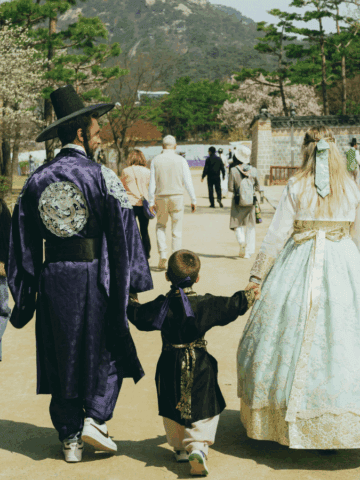
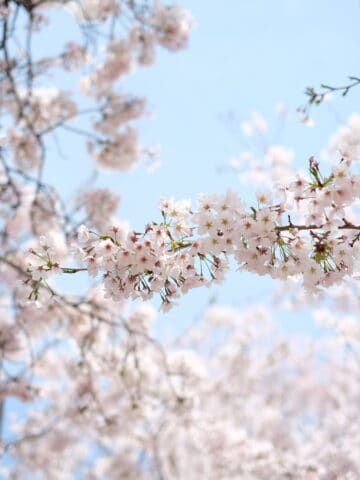
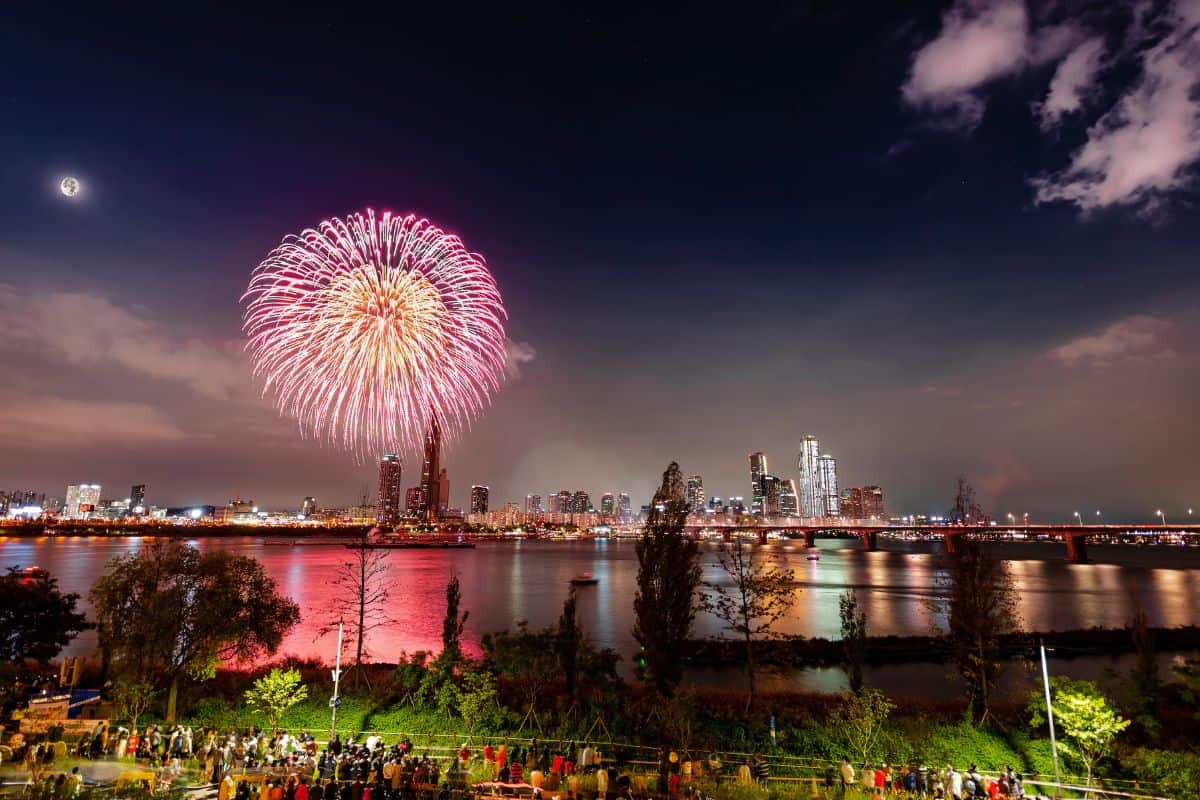
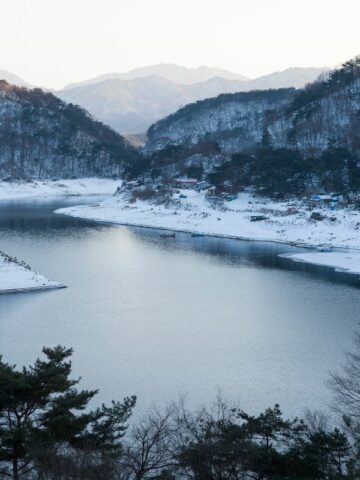
Comments
No Comments